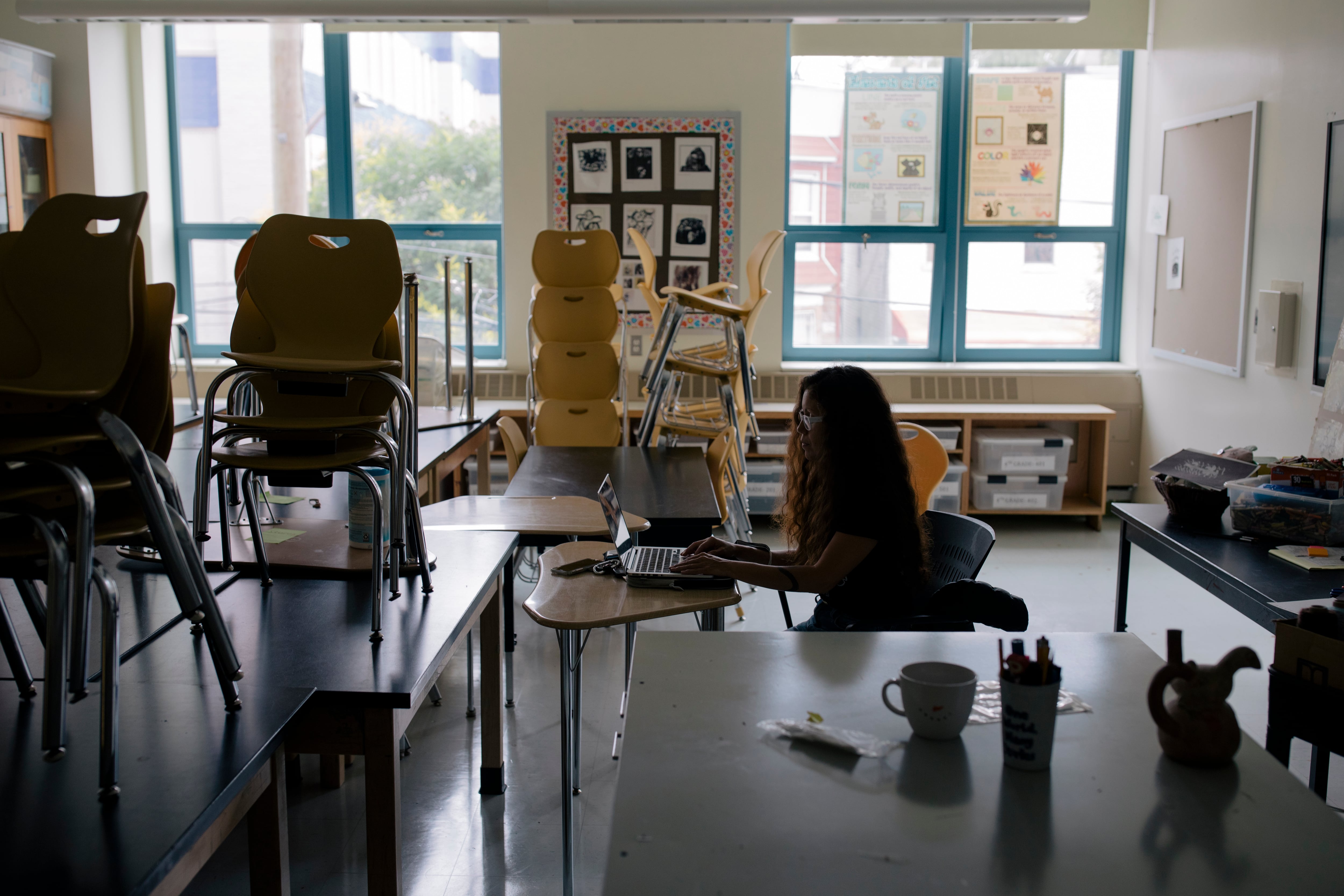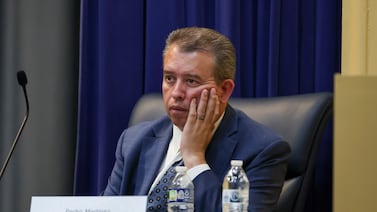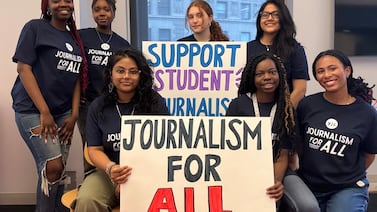The promise of more than $7 billion in federal COVID relief funding for New York City schools inspired some families and educators to imagine big changes in this year’s classrooms.
And while hundreds of millions of dollars have been distributed directly to schools to create extra tutoring, professional development, and more arts programming, some schools have struggled to spend the money.
There are varied reasons why some of this funding remains unused. Tutoring and enrichment programs require finding staff to work extra hours in a moment when educators feel overworked. Some parents and students have been slow to sign up for programs held after school or on weekends. In other cases, schools that already receive grants for arts programming are finding it difficult to spend even more money on the arts.
The result could mean schools leave money on the table. Any unspent funds “will not be rolled into next year,” according to a spokesperson for the city’s education department. City officials will review how unused dollars can be spent after this year, but a spokesperson declined to elaborate.
This could put principals in a tricky position, balancing burned out staff with the need to help students.
“People are tired, and it’s difficult to find people at this point that are willing to trade whatever little precious time they have — with families and at home — for money,” said Mark Cannizzaro, president of the principals union.
New York’s experience spending the cash seems to mirror national trends. Schools across the country have had trouble convincing existing staff to take on additional responsibilities, even for extra pay, following several stressful years.
Direct relief to schools
Much of the city’s COVID relief dollars will be spent centrally for school building operations, expanding pre-K for 3-year-olds, and other district-wide initiatives. But hundreds of millions have been sent directly to schools. In one pot, $350 million is slated for academic, arts, and social-emotional support for their students. Each school received between $75,000 to $600,000, based on enrollment and their share of high-needs students. One-fifth of these dollars must be used for arts programming.
The potential uses for the money are broad. Schools are required to use some portion for professional development and planning time for staff overseeing literacy instruction as well as for providing extra support to students learning English as a new language.
In addition to those requirements, schools can use the money to pay teachers overtime for overseeing enrichment programs, to buy supplies for enrichment programs, and to hire outside organizations to oversee extra support for students. And some can also be used to bolster academic recovery programs for students with disabilities, on top of $158 million schools received this fall to help those children, according to education department budget documents.
Schools cannot use their portion of the $350 million to hire full-time staff since it is temporary funding, but principals can spend it on part-time staff in certain areas, such as for art classes. (Officials have urged schools to use funding increases outside of COVID relief to hire more staff if they need.)
It’s unclear how much money city schools have spent. A department spokesperson said it is “too soon” in the school year to provide spending data.
But Cannizzaro, with the principals union, said a “high percentage” of schools have struggled to earmark all of their relief dollars, and he hopes the city will provide more flexibility. “A lot of schools feel they’re gonna end up giving money back,” he said.
Teacher burnout, student turnout
One Manhattan principal has been unable to get more than three teachers to sign up for a new Saturday tutoring program that offers English and math instruction as well as STEM-related activities. At the same time, student turnout has been low. Originally for students with disabilities, the program is now open to any students who need extra help. Separately, the principal used some of the arts funding to hire a vendor who could teach tap dancing.
“We’re not servicing as many kids as we would have liked,” said the principal, who requested anonymity because she was not authorized to speak to the press. “If I can’t spend it all before the deadline, what can I do?”
Recognizing her teachers are burned out, one Bronx principal used some of the COVID relief money to create what she thought to be a low-lift for her staff: a program to tutor elementary students for one-and-a-half hours daily after school. The program serves students with disabilities, English learners, and children who are struggling with reading and math. But getting teachers on board has still been “absolutely insane.” She convinced five teachers to rotate shifts, but one of them quit several months in, she said.
The principal said she understands it’s been a hard year — as tough as a first year for many teachers — but still felt disappointed.
“They would just have to stay one hour with their kids and [I was] trying to make it as cush as possible, and they’re like, ‘Uhh I kinda can’t,’’ she said.
One Brooklyn principal used his portion of the dollars to partially cover the salary of one of the school’s teaching coaches, who work with early career teachers — one of the allowed expenses. But he said he’s struggled to spend the pot of money dedicated specifically for extra services for students with disabilities, which only became available to schools nearly two months after school started. Eight teachers have offered to work before or after school for about an hour with roughly 20 students with disabilities. But because of limited staffing, the school is offering the program in cycles over the course of the year and has about 40 students on a waitlist.
“We probably need 40 hours a week of people working,” said the principal, adding that he can’t provide the speech and occupational therapy parents are asking for.
To be sure, some schools have torn through the dollars. As of October, Bronx High School of Business had spending plans for 93% of its $172,000 slated for general academic recovery services, said Robert Effinger, a history teacher at the school who also sits on the School Leadership Team. But the school had only used about 11% of its dedicated arts funding, he said.
Effinger said he’s noticed many more “per session opportunities,” or ways teachers can earn extra money, he said. The largest of these opportunities is to help oversee extra support for students with disabilities, while another is tutoring and grading students who are trying to make up a course they didn’t complete last year, which he’s helping with. But he also noticed that none of his colleagues were rushing to sign up for a Saturday program the administration tried to launch about a month after the school year started. That program did not come to fruition, he said.
Despite the challenges of spending all her money, the Bronx principal thinks it might get easier as the year wears on. She’s noticed teachers becoming more open to considering overtime opportunities. She said she will find “creative” ways to spend the money, such as on more programming during the school day but she’s not sure about other principals.
“On my end, it will be spent, but I know I have colleagues who will not,” she said.








